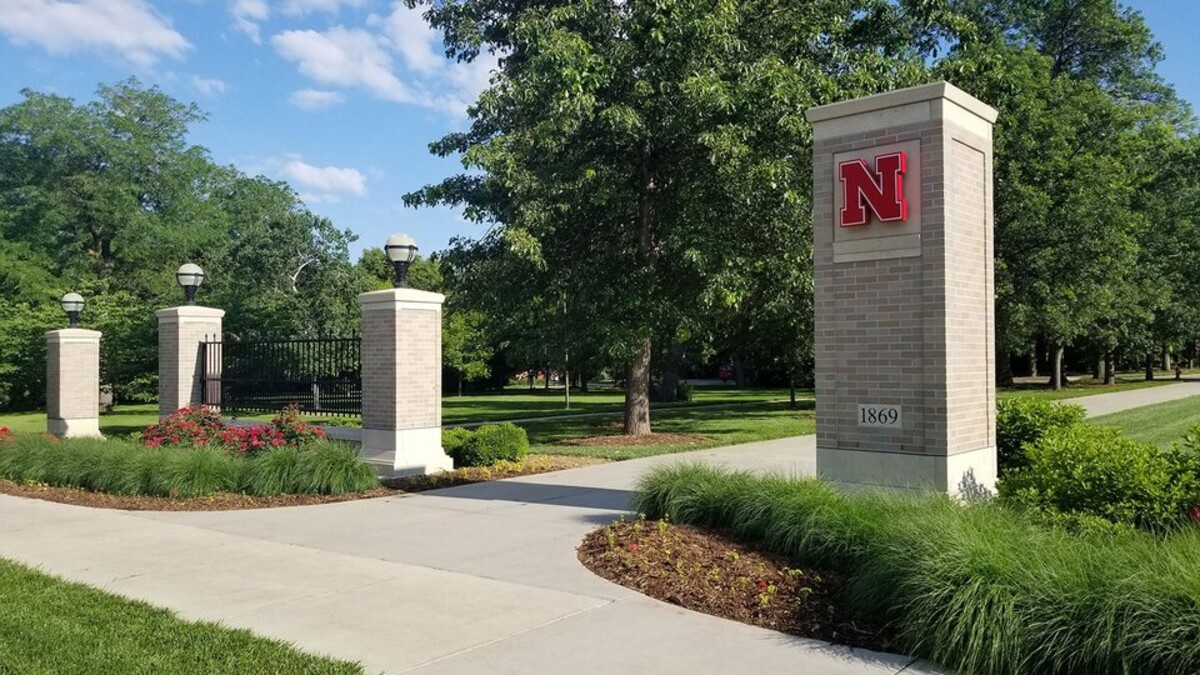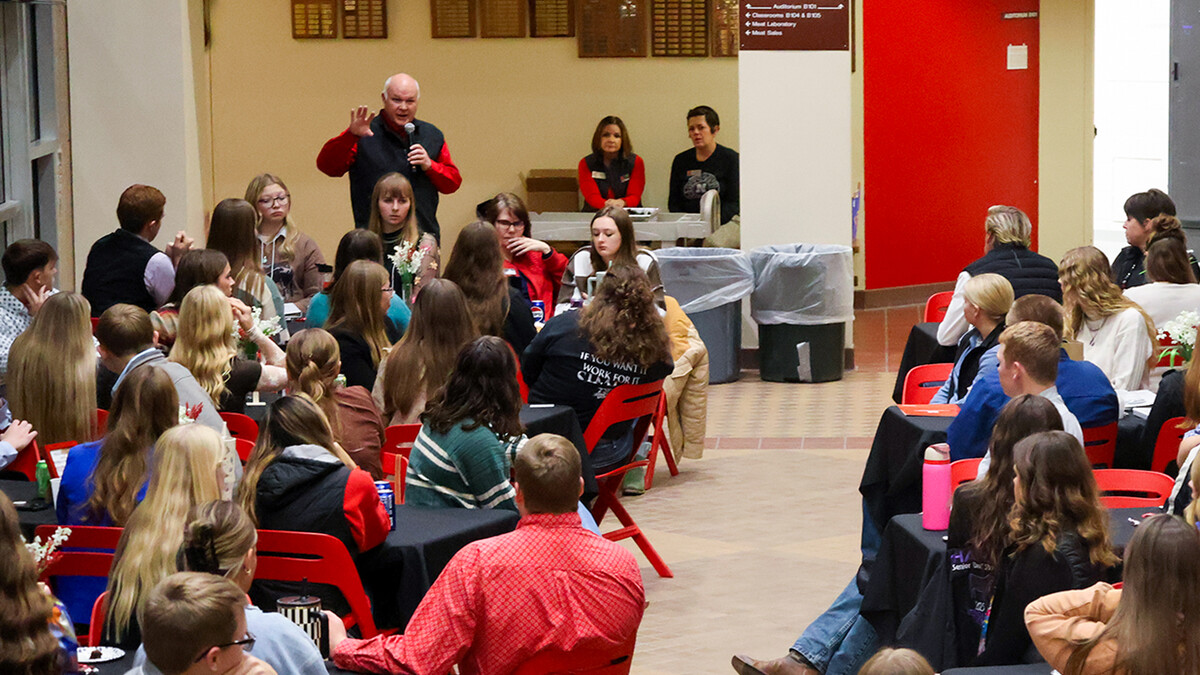
Lincoln, Neb. —A few more growers and wheat acres in Nebraska became familiar with wheat stem sawfly damage during this past growing season. I received several phone calls in July from wheat growers that had decent stands of wheat at flowering only to find fallen tillers the week of harvest – the hallmark of wheat stem sawfly damage.
What made this season different was that far more acres were impacted in Kimball, Cheyenne, Garden, and Deuel Counties than ever have been in the past 10 years. However, some wheat acres in northern Panhandle counties were less impacted and I have a hunch as to why that might be. In this article, I’ll provide a brief background on how the wheat stem sawfly arrived here, ideas on how we might manage it in Nebraska and my thoughts on why we saw reduced damage in some regions while others had the most damage they have ever seen.
How Did It Get Here?
The wheat stem sawfly is a native insect that naturally infests many cool-season grasses. However, it prefers one cool season grass the most: wheat. Unfortunately, our wheat acres are the single most desirable feature in our western landscapes that attract and encourage the production of a thriving community of wheat stem sawflies.
The adult female wasp prefers to lay her eggs in wheat tillers and the larvae develop while protected within the wheat stem. In July, the larva will form a pupal chamber toward the base of the wheat stem, girdling the stem as it forms this overwintering chamber. This girdling can then result in the lodging of a wheat crop, which can knock the wheat to the ground. These sawfly larvae will overwinter within the residue of these wheat fields and will be the primary source of sawfly infestation the following year.
You can listen to or watch a 27-minute overview of wheat stem sawfly available online that is hosted by the Plant Management Network.
(Web address: https://www.plantmanagementnetwork.org/edcenter/seminars/outreach/Wheat/Sawfly/ )
How Do We Manage It?
There are several options in Nebraska to reduce wheat stem sawfly abundance in wheat fields that may or may not work for each individual, or may result in an undesirable trade-off. These options are tillage of wheat fallow, planting a resistant variety, consider planting a non-host crop, or wait it out.
Tillage may not be the “go-to” for sawfly control, but may be an effective “rescue treatment” for the most intractable infestations (see Wheat Insect Pest Update at https://cropwatch.unl.edu/2018/wheat-insect-pest-update ). You could expect that such an action could work against some of your soil-management goals on your operation. This method may have the added disadvantage of reducing biological control of the wheat stem sawfly.
Plant a resistant variety. Some varieties such as Bearpaw, Judee, or Warhorse have solid-stem based resistance; however, they are not adapted well for our growing region. New varieties, e.g., Fortify, may have resistance and be better adapted for our region. These newer sawfly resistant varieties are referred to as having a “semi-solid” pith trait. These “semi-solid” varieties express the stem solidness trait that kills sawfly larvae early in the growing season, but then resorb the pith to put energy back into grain formation later in the season. This means that “semi-solid” wheat varieties do not have to trade off yield potential for wheat stem sawfly resistance. Additionally, some wheat varieties and lines may vary in their tolerance to stem sawfly lodging
(See 2020 Fall Seed Guide, Page 38, at https://cropwatch.unl.edu/2020-CW-News/documents/variety-results/2020-Fall-Seed-Guide-page.pdf#page=38 ).
Consider planting a non-host crop. In Nebraska, crops such as winter triticale, oats, or barley are either not susceptible to or do not support high survival rates of wheat stem sawflies. Ongoing research at Colorado State University indicates that crops such as triticale may be attractive to stem sawflies, but that they can’t complete development within the stems. This means that they may be able to serve as a trap crop for stem sawflies, thus reducing populations of stem sawfly for cropping systems that have triticale in their rotation. Many more decisions are driving crop choice other than pest management; however, depending on your production system and crop marketing opportunities, these facts can be considered.
Wait it out. Since about 2012, the PHREC (Panhandle Research and Extension Center) Entomology Lab has documented a growing geographic range expansion and increased abundance of the wheat stem sawfly beginning in the northern Nebraska Panhandle and moving south and east. During that time we have seen the establishment of one or two parasitoids(Bracon cephi and Bracon lissogaster) in some of our wheat fields.
(More information about that in this CropWatch article: https://cropwatch.unl.edu/2020/advances-understanding-management-wheat-stem-sawfly).
This parasitoid may have established a strong foothold in the northern Panhandle, while it has not yet established in southern Panhandle regions. We first started documenting large populations of these parasitoids in the northern Panhandle counties in 2015, about 3-4 years following our first widely damaging stem sawfly populations. It is often the case that it just takes time for natural enemy abundance to regulate their target host to less-damaging populations.
A wide-ranging survey in 2019 might help illustrate the reasoning behind this last point. As shown in the graph, in our survey we documented not just whether or not wheat tillers were infested, but if the sawfly larvae within was alive (red bar) or dead (blue bar) and if the cause of death was associated with a parasitoid (green bar).
Note that while Field No. 2 (found in the northern Panhandle) had a 90 percent wheat stem sawfly infestation (i.e., frass found in 90 of 100 sampled tillers), all of the sawfly larvae in the sampled tillers were dead and a majority of the sawfly mortality in that field could be attributed to parasitism (a large percentage of infested tillers contained a parasitoid pupa). However, note that Field No. 13 had a majority of infested tillers containing live larvae and while it had a similar number of dead larvae attributed to non-parasitoid causes as Field 2, Field 13 had barely any mortality that could be attributed to parasitism.
As you look at the figure as a whole, you can see that more of the fields sampled in the northern Panhandle counties had more parasitism than southern counties in 2019. I think wheat stem sawfly parasitism provides one explanation as to why we saw more sawfly damage in the southern than northern Panhandle counties in 2020. Therefore, it may be a just a matter of time before this parasitoid may become better established in the southern panhandle.
Importantly, this is just speculation as this is a very complex dynamic, and more research will be needed to dissect this story. There may be other factors that contribute to the establishment of stem sawfly parasitoids in the north or limit parasitoid establishment in the south. We are still working to tease apart these complexities and hope to update our wheat growers in the coming year.







